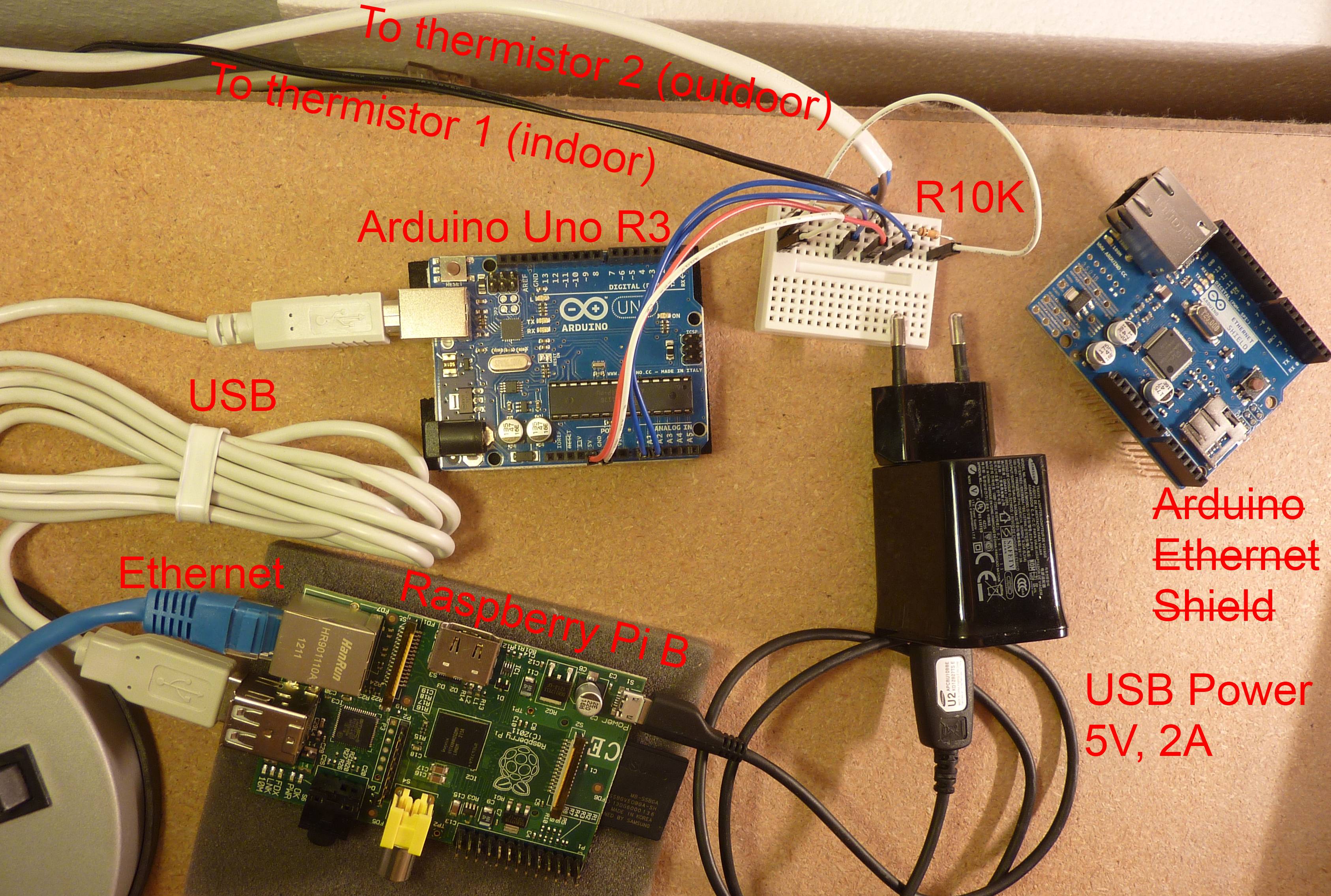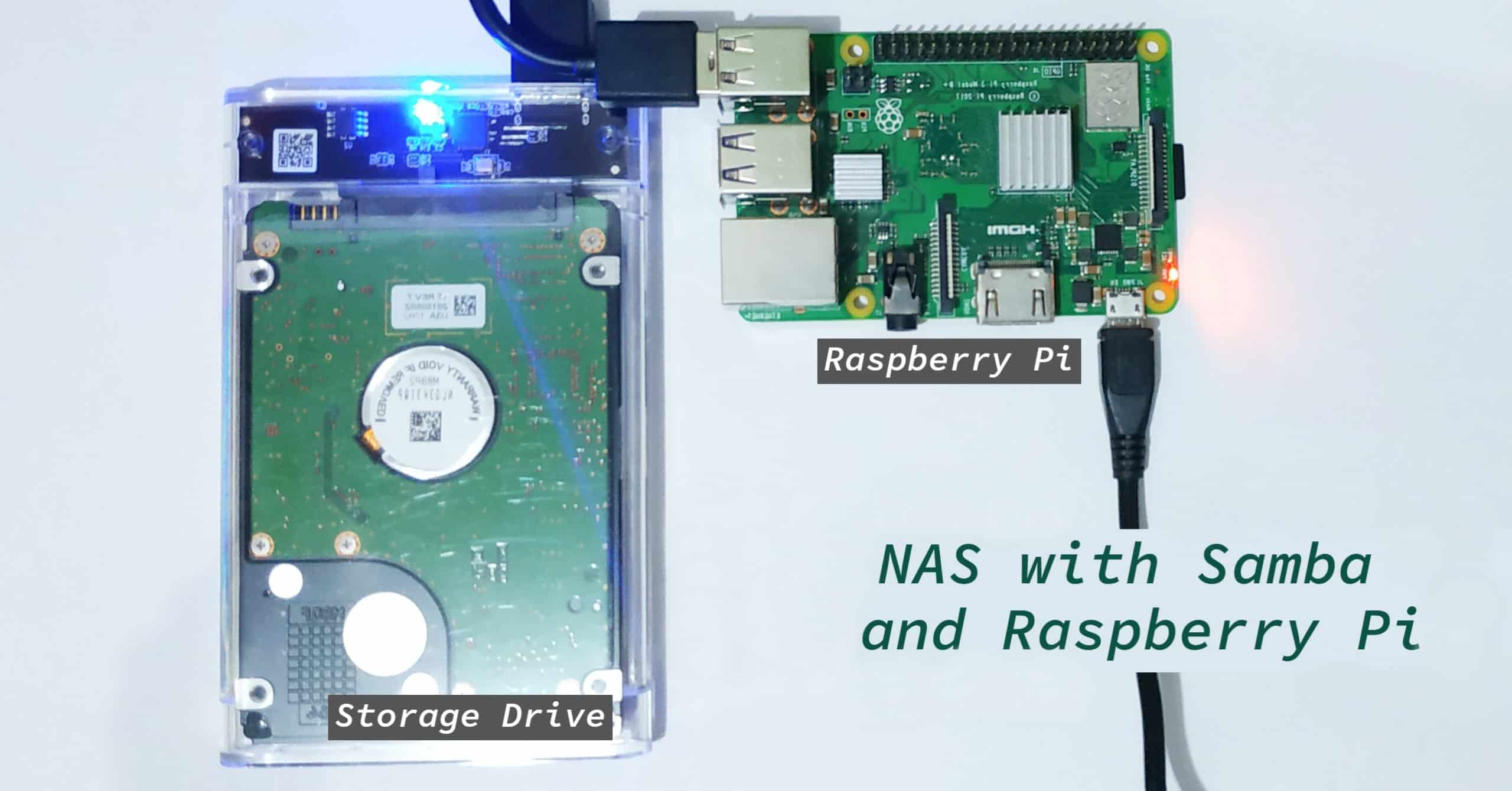Connecting your Raspberry Pi securely to the internet is essential for remote access and IoT applications. With tools like RemoteIoT P2P, users can create a secure, peer-to-peer connection that ensures data privacy and reliability. Whether you're a hobbyist or a professional, understanding how to securely connect RemoteIoT P2P Raspberry Pi free download is crucial for managing your devices remotely. This article will guide you through the process, providing detailed instructions, tips, and answers to common questions.
RemoteIoT P2P is a powerful solution that simplifies the process of remote access for Raspberry Pi users. By leveraging peer-to-peer technology, it eliminates the need for complex port forwarding or third-party servers, ensuring a direct and secure connection. This guide will walk you through downloading, installing, and configuring the software, while also addressing security concerns and best practices. By the end, you'll have a clear understanding of how to set up your Raspberry Pi for seamless remote access.
As the demand for IoT devices grows, so does the need for secure remote management solutions. Raspberry Pi, with its versatility and affordability, has become a go-to platform for IoT enthusiasts and professionals alike. However, ensuring secure connectivity remains a challenge. This article will delve into the specifics of securely connecting RemoteIoT P2P Raspberry Pi free download, offering insights into its benefits, setup process, and troubleshooting tips. Let’s dive in and explore how you can harness the full potential of your Raspberry Pi securely.
Read also:Erin Moriarty In The Boys A Comprehensive Guide To Her Role And Impact
Table of Contents
- What is RemoteIoT P2P and How Does It Work?
- How to Download and Install RemoteIoT P2P for Raspberry Pi
- Is RemoteIoT P2P Secure for Raspberry Pi Users?
- Step-by-Step Guide to Securely Connect RemoteIoT P2P
- What Are the Benefits of Using RemoteIoT P2P?
- Common Issues and How to Resolve Them
- How to Optimize Your Raspberry Pi for RemoteIoT P2P
- Frequently Asked Questions About RemoteIoT P2P
What is RemoteIoT P2P and How Does It Work?
RemoteIoT P2P is a peer-to-peer (P2P) solution designed to simplify remote access to IoT devices like the Raspberry Pi. Unlike traditional methods that rely on port forwarding or third-party servers, RemoteIoT P2P establishes a direct connection between devices, ensuring faster and more secure communication. This technology is particularly beneficial for users who need to manage their Raspberry Pi from different locations without compromising on security or performance.
The way RemoteIoT P2P works is straightforward yet highly effective. When you initiate a connection, the software creates a secure tunnel between your local device and the Raspberry Pi. This tunnel uses advanced encryption protocols to protect data during transmission, making it nearly impossible for unauthorized users to intercept or tamper with the connection. Additionally, the P2P architecture eliminates the need for intermediary servers, reducing latency and enhancing reliability.
For Raspberry Pi users, RemoteIoT P2P offers several advantages. It simplifies the setup process, reduces dependency on complex network configurations, and ensures that your device remains accessible even behind firewalls or NAT routers. Whether you're managing home automation systems, monitoring sensors, or running experiments, RemoteIoT P2P provides a robust solution for securely connecting your Raspberry Pi.
How to Download and Install RemoteIoT P2P for Raspberry Pi
Downloading and installing RemoteIoT P2P for your Raspberry Pi is a straightforward process. To begin, visit the official RemoteIoT website and navigate to the download section. Look for the version compatible with Raspberry Pi and click on the download link. The file is typically available as a free download, ensuring accessibility for all users. Once the download is complete, transfer the file to your Raspberry Pi using a USB drive or via SSH if you're working remotely.
After transferring the file, open a terminal window on your Raspberry Pi and navigate to the directory where the file is stored. Use the following command to extract the contents if the file is compressed:
tar -xvzf remoteiot-p2p.tar.gzNext, navigate into the extracted folder and run the installation script using the command:
Read also:Corn Butterer Hand Your Ultimate Guide To Mastering The Perfect Butter Spread
sudo ./install.shDuring the installation process, you may be prompted to enter your Raspberry Pi's credentials or configure specific settings. Follow the on-screen instructions carefully to ensure a smooth installation. Once the installation is complete, restart your Raspberry Pi to apply the changes.
Verifying the installation is crucial to ensure everything is functioning correctly. Open a terminal and type:
remoteiot-p2p --versionThis command will display the installed version of RemoteIoT P2P, confirming that the software is ready to use. With the installation complete, you can proceed to configure your Raspberry Pi for secure remote access.
Is RemoteIoT P2P Secure for Raspberry Pi Users?
Security is a top priority when it comes to remote access solutions, and RemoteIoT P2P addresses this concern effectively. The software employs advanced encryption protocols, such as AES-256, to safeguard data during transmission. This ensures that even if someone intercepts the connection, they won't be able to decipher the information. Additionally, RemoteIoT P2P uses end-to-end encryption, meaning only the devices involved in the connection can access the data.
Another layer of security comes from the peer-to-peer architecture itself. Since the connection is direct and doesn't rely on intermediary servers, the risk of server-side attacks or data breaches is significantly reduced. Furthermore, RemoteIoT P2P supports multi-factor authentication (MFA), adding an extra layer of protection. Users can enable MFA to require additional verification steps, such as entering a one-time code sent to their mobile device, before accessing their Raspberry Pi.
For Raspberry Pi users, RemoteIoT P2P also offers features like IP whitelisting and automatic disconnection after periods of inactivity. These features help mitigate unauthorized access and ensure that your device remains secure even if you forget to log out. By combining robust encryption, direct connections, and user-friendly security features, RemoteIoT P2P provides a secure solution for managing your Raspberry Pi remotely.
Step-by-Step Guide to Securely Connect RemoteIoT P2P
Prerequisites for a Successful Connection
Before you can securely connect your Raspberry Pi using RemoteIoT P2P, there are a few prerequisites to address. First, ensure that your Raspberry Pi is running the latest version of its operating system. You can update it by running:
sudo apt update && sudo apt upgradeNext, verify that your Raspberry Pi has a stable internet connection. A wired Ethernet connection is preferable for reliability, but a strong Wi-Fi connection will also suffice. Additionally, make sure that the RemoteIoT P2P software is installed correctly, as outlined in the previous section.
Configuring Your Raspberry Pi for P2P Access
Once the prerequisites are in place, it's time to configure your Raspberry Pi for P2P access. Open the RemoteIoT P2P configuration file using a text editor:
sudo nano /etc/remoteiot-p2p/config.jsonIn the configuration file, specify the device ID and authentication key provided by RemoteIoT. These credentials are essential for establishing a secure connection. Save the file and exit the editor.
Finally, start the RemoteIoT P2P service using the command:
sudo systemctl start remoteiot-p2pCheck the status of the service to ensure it's running correctly:
sudo systemctl status remoteiot-p2pWith these steps completed, your Raspberry Pi is now ready for secure remote access via RemoteIoT P2P.
What Are the Benefits of Using RemoteIoT P2P?
Using RemoteIoT P2P for your Raspberry Pi offers numerous benefits that make it an attractive choice for remote access. One of the most significant advantages is its ease of use. Unlike traditional methods that require complex network configurations, RemoteIoT P2P simplifies the process by eliminating the need for port forwarding or third-party servers. This makes it accessible even for beginners who may not have advanced technical knowledge.
Another key benefit is the enhanced security provided by the P2P architecture. With direct connections and robust encryption protocols, RemoteIoT P2P ensures that your data remains private and protected from unauthorized access. Additionally, the software supports features like IP whitelisting and multi-factor authentication, further bolstering security.
Performance is another area where RemoteIoT P2P excels. By eliminating intermediary servers, the software reduces latency and improves connection reliability. This is particularly beneficial for real-time applications, such as home automation or remote monitoring, where delays can impact functionality. Overall, RemoteIoT P2P provides a secure, efficient, and user-friendly solution for managing your Raspberry Pi remotely.
Common Issues and How to Resolve Them
Troubleshooting Connection Problems
While RemoteIoT P2P is designed to be reliable, users may occasionally encounter connection issues. One common problem is the inability to establish a connection due to firewall settings. To resolve this, ensure that your firewall allows traffic on the ports used by RemoteIoT P2P. You can check the required ports in the software's documentation.
Another issue could be related to incorrect configuration settings. Double-check the configuration file to ensure that the device ID and authentication key are entered correctly. If the problem persists, try restarting the RemoteIoT P2P service:
sudo systemctl restart remoteiot-p2pEnhancing Security for Your Setup
While RemoteIoT P2P is secure by default, you can take additional steps to enhance security. Enable multi-factor authentication (MFA) to add an extra layer of protection. You can also configure IP whitelisting to restrict access to specific IP addresses. These measures help minimize the risk of unauthorized access and ensure that your Raspberry Pi remains secure.
How to Optimize Your Raspberry Pi for RemoteIoT P2P
Optimizing your Raspberry Pi for RemoteIoT P2P involves several steps to ensure smooth performance and reliability. First, allocate sufficient resources to the Raspberry Pi by closing unnecessary applications and services. This helps reduce latency and ensures that the P2P connection remains stable.
Next, consider using a wired Ethernet connection instead of Wi-Fi. Wired connections are generally more reliable and offer faster speeds, which can enhance the performance of RemoteIoT P2P. Additionally, regularly update the Raspberry Pi's operating system and the RemoteIoT P2P software to benefit from the latest features and security patches.
Finally, monitor the Raspberry Pi's performance using tools like htop or iotop. These tools provide insights into resource usage and help identify potential bottlenecks.

